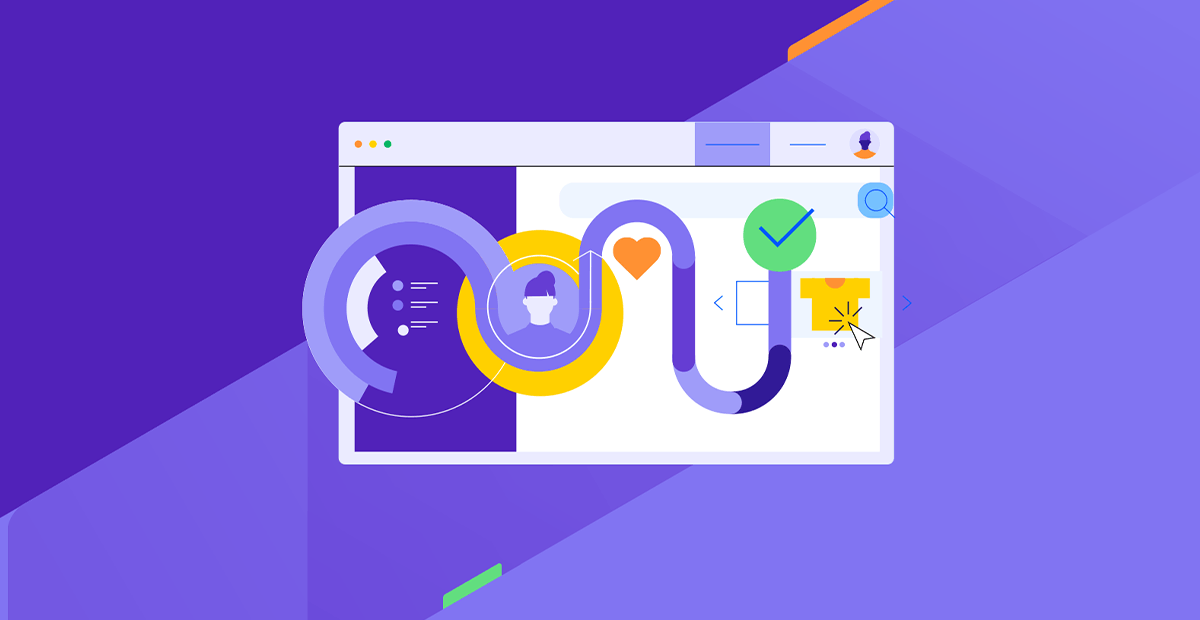7 Things to Know for a Successful CMS Migration

Here are the seven most important things you can do to prepare for a successful content management system (CMS) migration, according to migration experts.
New year, new you, new CMS—that’s how the saying goes, right? If one of your resolutions for 2024 was to finally migrate off the old, outdated CMS that’s been slowing you down, we’re in full support.
However, like many New Year’s resolutions, deciding that you want to make the change is just the first step. For you to be as successful as possible, there are a few things you should keep in mind. We consulted with two of the migration experts on our team, Ivan Eftimov and David Myers, and compiled a CMS migration checklist of the most important things you can do to prepare for a successful migration.
1. Choose a CMS Based on Your Team’s Needs and Experience, Not What’s New and Trendy
When you first decide to start shopping around for a new CMS, it’s easy to be dazzled by all the various technological advances that an upgraded CMS can offer in comparison to your current setup. However, if you don’t have the team, skillset or need for a complex, super-powerful system, you might find that all that tech becomes a stumbling block rather than an empowering feature.
A headless CMS is a great fit for companies with full development teams who need tons of flexibility—but all that technical intricacy also raises the bar of entry significantly for non-technical users who just need to make simple content adjustments. As the power of any tool increases, so does its complexity. In this case, that can limit the pool of employees who can capably use the CMS.
In addition to considering the cutting-edge tech that a CMS can offer, make sure you’re also keeping in mind ease of implementation, minimal learning curve and speed of use—all of which will create a far larger return on your investment than the newest, trendiest feature. Check out this CMS Vendor Selection Guide for a helpful scoring matrix and other resources for evaluating the fit of a new CMS.
2. Have a Technical Expert on Your Migration Team Who "Speaks the Language" of Your Legacy CMS
Even if you’re working with an external migration team, such as the Sitefinity Professional Services team, you’ll have a much smoother experience if there’s someone on your side who knows all the ins and outs of your current CMS setup. This drastically cuts down the time and friction of a content management system migration by reducing the amount of reverse-engineering that the team would have to do without a technical expert available.
That technical expert can answer questions about your current setup, explain the minutia of various integrations and help the team understand the way you use the CMS—as well as how your users use the website! This helps create an end product that is configured to prioritize your specific CMS needs and goals.
3. Thoroughly Document Connections to External Systems
Third-party integrations are often one of the most highly valuable aspects of your CMS. They help streamline your work and connect otherwise disparate systems into one cohesive flow. However, they can also be some of the most challenging aspects of migrating a CMS successfully. This is because every CMS handles external connections slightly differently.
Having detailed documentation of how each third-party integration is configured with your current CMS will significantly ease the migration process. Remember: The more external system connections you have, the more complex and challenging a migration will be! Anything you can do to streamline that process will pay off in spades.
4. Be Generous When Setting Deadlines
As with most things in life, a CMS migration will be a far more pleasant experience when there’s not a looming, imminent deadline. It’s best to ensure that everyone on the team and all stakeholders have realistic expectations: In this case, it’s important to acknowledge that this isn’t a fast process. A migration will generally take months—potentially even a year or more for very large, very complex sites!
The benefits of a new, modern CMS vastly outweigh the pain of a migration, but that can admittedly be challenging to remember when you’re in the middle of it. There will likely be a few bumps in the road or minor setbacks, no matter how prepared you are.
By setting a generous deadline and having realistic expectations about the time needed for this kind of undertaking, you can remove a great deal of stress and pressure from the project.
5. Know That Migration Tools Can’t Help with Custom Features
As wonderful as it might be to think that a migration tool is going to be 100% hands-off and truly automatic … that’s not quite the case. These tools are wonderful for moving data and content but won’t be capable of “copying and pasting” any custom functionality in your CMS.
If you know you have a custom feature that’s been created specifically for your site, make sure you a) factor in extra time for that to be rebuilt in your new CMS, and b) have that technical expert ready to explain the intricacies of how it works and what it needs to do.
6. Approach Migration with a Growth Mindset
Of course, there are technical benefits to migrating to a newer, more powerful and modern CMS—but if you’re ready and willing to leverage the migration time as a benefit all its own, you could also come out of the process with a plethora of content, design and user experience benefits as well!
A CMS migration is the perfect opportunity to give the user-facing side of your site an upgrade. While one team is rebuilding custom functionality or reconnecting third-party integrations behind the scenes, you could have another team working up a new design, refreshing old and outdated content, or running usability tests.
A migration can be a great chance to start fresh or the perfect excuse to make those non-essential quality-of-life adjustments that often get pushed to the back burner.
7. Keep an Open Mind
By very nature, a new CMS is going to come with a learning curve—in the same way that any new thing does. It’s kind of like buying a new car: the knobs and levers will be in different places, the brakes might be a little touchier, and you’ll have to relearn the placement of all the steering wheel buttons. It will take a little bit of time and practice to get back to operating the car on autopilot, like you were able to with your old one. Generally, we’re willing to overlook these small annoyances because—hey, we just got a brand-new car!!
The excitement and benefits of the upgrade vastly outweigh the minor frustrations. A CMS migration will be the same way. Try not to be too confined by how things were done in the past; you’ll have a far more successful and enjoyable experience if you come in ready to learn, grow and embrace all the possibilities your new CMS has to offer!
Ready to Make That Resolution a Reality?
It might seem daunting, but it’s absolutely possible—and you don’t have to do it alone. Our experts are available to guide and support you through the entire migration process. Talk to our Progress Sitefinity team today about what a migration could look like for you!

Kathryn Grayson Nanz
Kathryn Grayson Nanz is a developer advocate at Progress with a passion for React, UI and design and sharing with the community. She started her career as a graphic designer and was told by her Creative Director to never let anyone find out she could code because she’d be stuck doing it forever. She ignored his warning and has never been happier. You can find her writing, blogging, streaming and tweeting about React, design, UI and more. You can find her at @kathryngrayson on Twitter.
